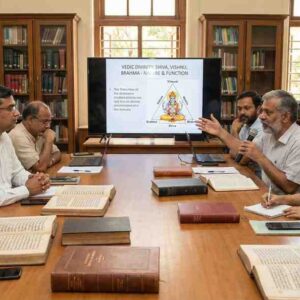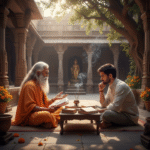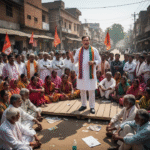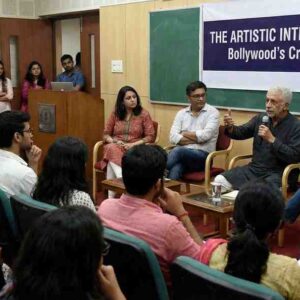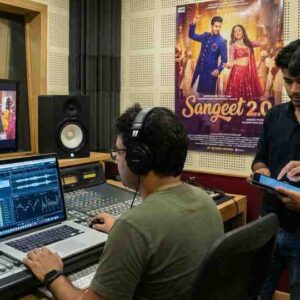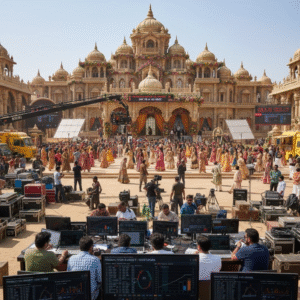The Invisible Emotion Behind Every Frame
Mumbai – 2025
You may not always notice it, but you feel it.
The tension before a reveal. The tremor of a heartbreak. The swell of victory. These emotions are rarely carried by dialogue or visuals alone—they areshaped, amplified, and sustained by the original film score.
Yet, in an industry that celebrates playback singers and chart-topping songs,original background scores in Bollywood remain largely underappreciated—both by audiences and awards bodies.
As Indian storytelling matures across cinema and OTT, the question becomes urgent:Why does Bollywood still underestimate the narrative power of its own scores?
Songs vs. Score: The Bollywood Tradition
Traditionally, Hindi films have placedheavy emphasis on songs—integrated into the narrative or used for promotional push.
In contrast,background scoring—the music that runs beneath the scenes—has often been treated as anafterthought, composed in post-production and given minimal credit.
This stands in stark contrast to global industries like Hollywood, where composers likeHans Zimmer,John Williams, andHildur Guðnadóttirare central to a film’s identity.
Notable Exceptions, Minimal Recognition
India has had brilliant scorers:
- Raju Singh (Bhoot, Krissh)
- Amit Trivedi (Queen, Lootera)
- Clinton Cerejo, Sneha Khanwalkar, and Santhosh Narayanan (regional industries)
- Sanchit and Ankit Balhara (Bajirao Mastani, Tanhaji)
Their work has beeninstrumental in building atmosphere—yet, it rarely receives the visibility, media coverage, or award categories that songs enjoy.
The Streaming Shift: Scores Getting Space
OTT platforms have somewhat shifted this dynamic. Series like:
- Delhi Crime
- Made in Heaven
- Jubilee
- Sacred Games
…have prioritizedoriginal, mood-based scoringover song placements. Viewers now encounter music not as interruption, but as immersion.
Yet even in these projects, composers often go unnamed, withstreaming metadata rarely listing score contributors.
Why Scores Matter—Narratively and Culturally
An original score can:
- Foreshadow twists
- Establish time and place
- Elevate performance without dialogue
- Bridge scenes across multiple storylines
- Leave sonic signatures that define entire characters or arcs
From the chilling hum ofAndhadhunto the soft lament ofOctober,a great score lingers long after the credits roll.
Industry Hurdles
- Budget constraints: Scores are often compressed into the final 2–3 weeks of production.
- Lack of dedicated teams: Unlike Hollywood, where scores are developed alongside scripts, Bollywood scores are mostly done post-shoot.
- No mainstream consumption model: Most Indian platforms don’t release standalone score albums, unlike global ones like Dune OST or Interstellar OST.
- Awards and media indifference: Major Indian award shows offer vague, often sidelined categories for “Background Music”.
What Needs to Change
- Involve composers early in script stages
- Celebrate score albums as standalone art (streaming, Spotify, vinyl)
- Credit scorers in trailers, posters, and press events
- Create industry awards specifically for score design—not lumped with “background sound”
Final Cue
In the silence between lines and the shadows between edits, the original scorebreathes life into cinema.
Until Indian film culture begins to see—not just hear—this truth, our most powerful emotional language will remain invisible.
Because sometimes, the most memorable part of a filmisn’t the song you sang—it’s the sound you didn’t even realize was holding your heart together.



